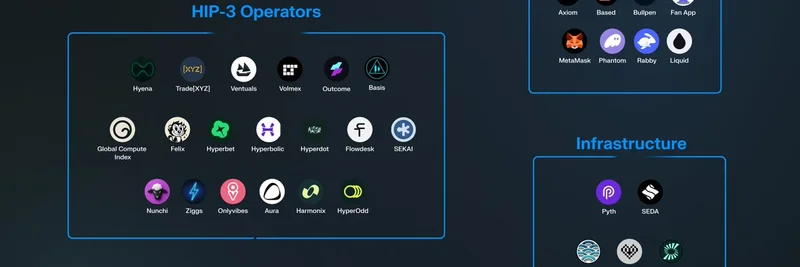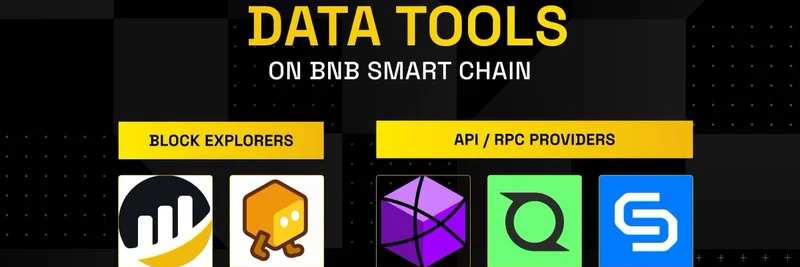Hey there, fellow meme enthusiasts and blockchain builders! If you're knee-deep in the world of meme tokens, you've probably heard the buzz around Hyperliquid's latest upgrade. Today, we're diving into a exciting development that's set to supercharge the meme token ecosystem. Pyth Network, the go-to oracle for real-time price data, just announced their support for builders using Hyperliquid's HIP-3 protocol. And they're not going it alone—they've teamed up with SEDA Protocol to make it all happen.
What is HIP-3 and Why Does It Matter for Meme Tokens?
First off, let's break down HIP-3 in simple terms. HIP stands for Hyperliquid Improvement Proposal, and HIP-3 is a game-changer for the Hyperliquid platform—a decentralized exchange (DEX) specializing in perpetual futures. Before HIP-3, launching new perp markets was a bit gated, but now? It's fully permissionless. Anyone can deploy their own perpetual futures contracts by staking 500,000 HYPE tokens (Hyperliquid's native token). This means you can create custom markets for just about anything, including your favorite meme tokens.
Think about it: Meme tokens thrive on hype, community, and rapid trading. With HIP-3, builders can spin up perps for emerging memes without waiting for centralized approvals. It's like giving the meme community the keys to their own derivatives playground. According to recent updates from Hyperliquid's docs, this upgrade integrates with HyperEVM for smart contracts and includes features like validator slashing for security.
Pyth Network's Role in the Collaboration
Pyth Network is stepping in with their HIP-3 Relayer and the upcoming HIP-3.1. If you're new to oracles, they're basically the bridge between off-chain data (like real-world prices) and on-chain smart contracts. Pyth provides super-fast, accurate price feeds, which are crucial for perps to function without getting rekt by outdated info.
In this collab, Pyth is working hand-in-hand with SEDA Protocol, another powerhouse in programmable oracle infrastructure. Together, they're ensuring that builders on Hyperliquid have reliable data feeds for stocks, crypto, rates, and even prediction markets. This is huge for meme tokens because it means more stable and diverse trading options—imagine perps tied to meme hype cycles or community events.
The announcement came via a tweet from Pyth Network, quoting a teaser from crypto analyst Sam at Messari. Sam's post shared an ecosystem map (check it out above) highlighting operators like Hyena, Felix, and Nunchi—many with that fun, meme-inspired vibe. The full report on HIP-3 volumes is dropping soon on Messari, projecting year-one activity that could flip traditional exchanges.
Implications for Meme Token Traders and Builders
So, what does this mean for you? If you're trading memes, expect more liquidity and innovative perps popping up. Platforms like Hyperliquid are already challenging big centralized exchanges (CEXs) like Binance, as noted in analyses from Blocmates. For builders, it's an open invitation to experiment—deploy a perp for your cat-themed token and watch the community rally.
This move also underscores the growing role of oracles in DeFi. With Pyth and SEDA handling the infrastructure, meme projects can focus on what they do best: creating viral, fun experiences. Keep an eye on the ecosystem map; frontends like MetaMask and Rabby are integrating, making it easier to jump in.
Wrapping Up: The Future of Meme Derivatives
Pyth's support for HIP-3 isn't just tech talk—it's a boost for the entire meme token space. As collaborations like this pile on, we're seeing a more decentralized, builder-friendly world. Whether you're a trader hunting alpha or a creator launching the next big meme, tools like these are your secret weapon.
Stay tuned for that Messari report, and if you're building on Hyperliquid, hit up Pyth and SEDA for those oracle integrations. Got thoughts on HIP-3? Drop them in the comments below—we love hearing from the community! 🚀



